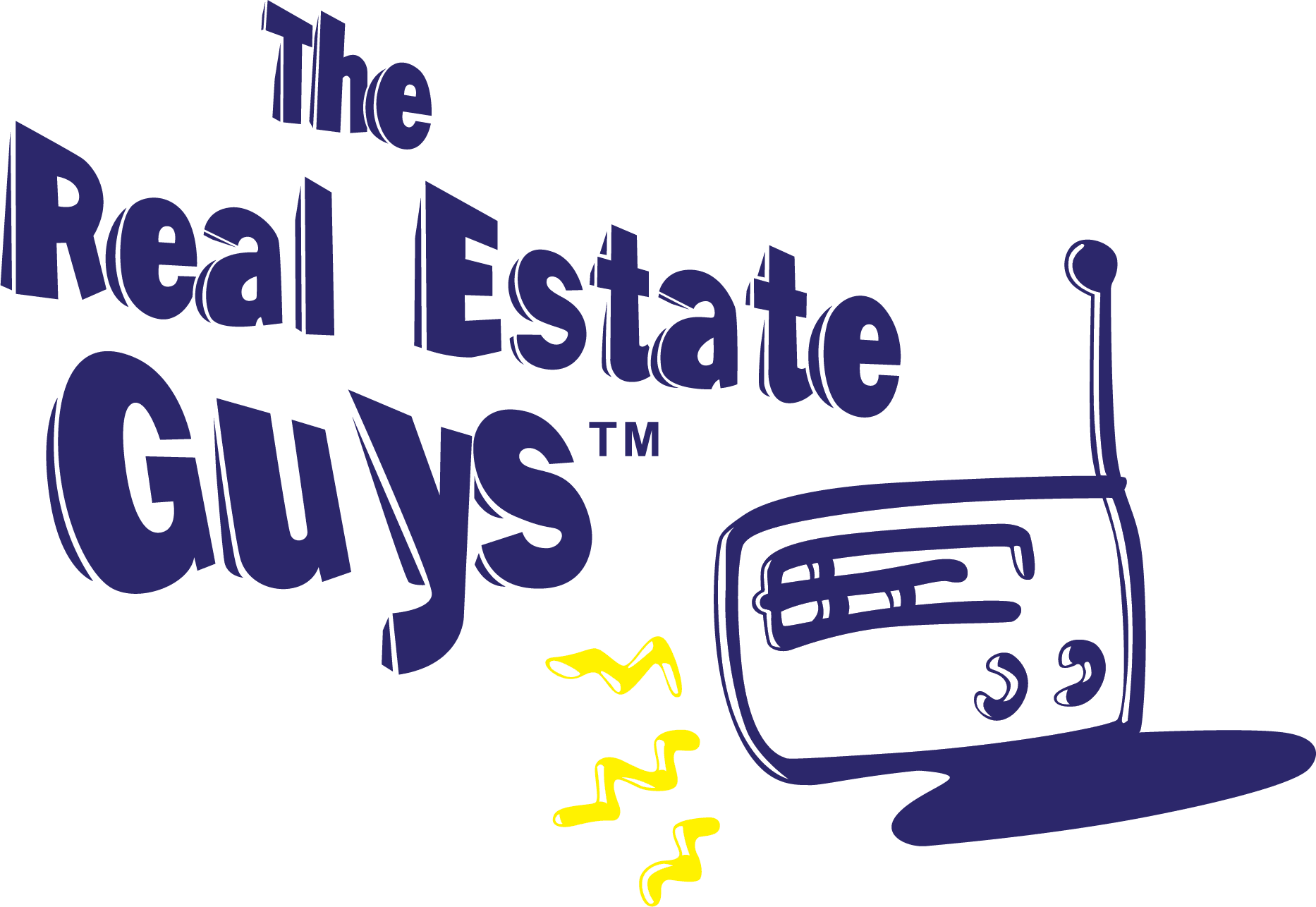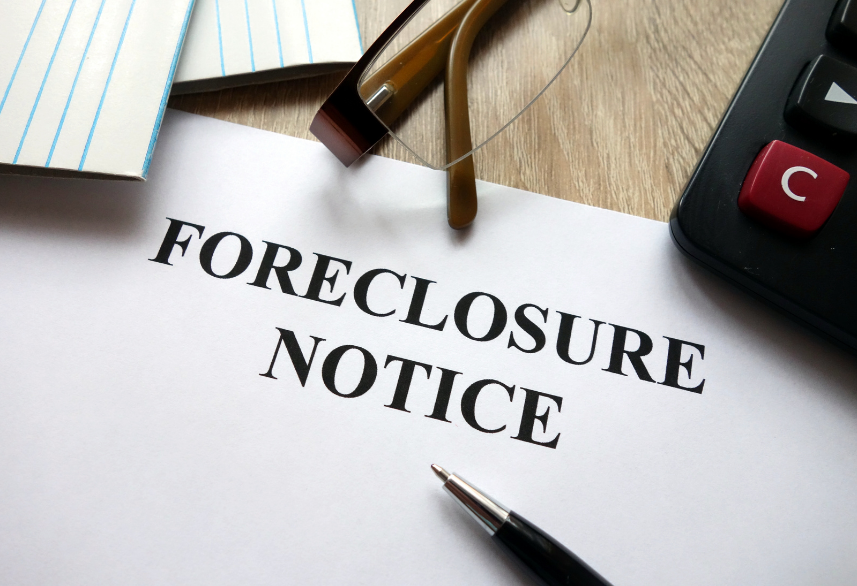Newsfeed: Multi-Tenant Apartment Building Sales Drop 74%, The Most Since 2008
Thanks to higher interest rates, turmoil at regional banks, and slowing rent growth, sales of apartment buildings are falling at their fastest rate since the subprime-mortgage crisis, the Wall Street Journal reports.
Newsfeed: Multi-Tenant Apartment Building Sales Drop 74%, The Most Since 2008 Read More »










